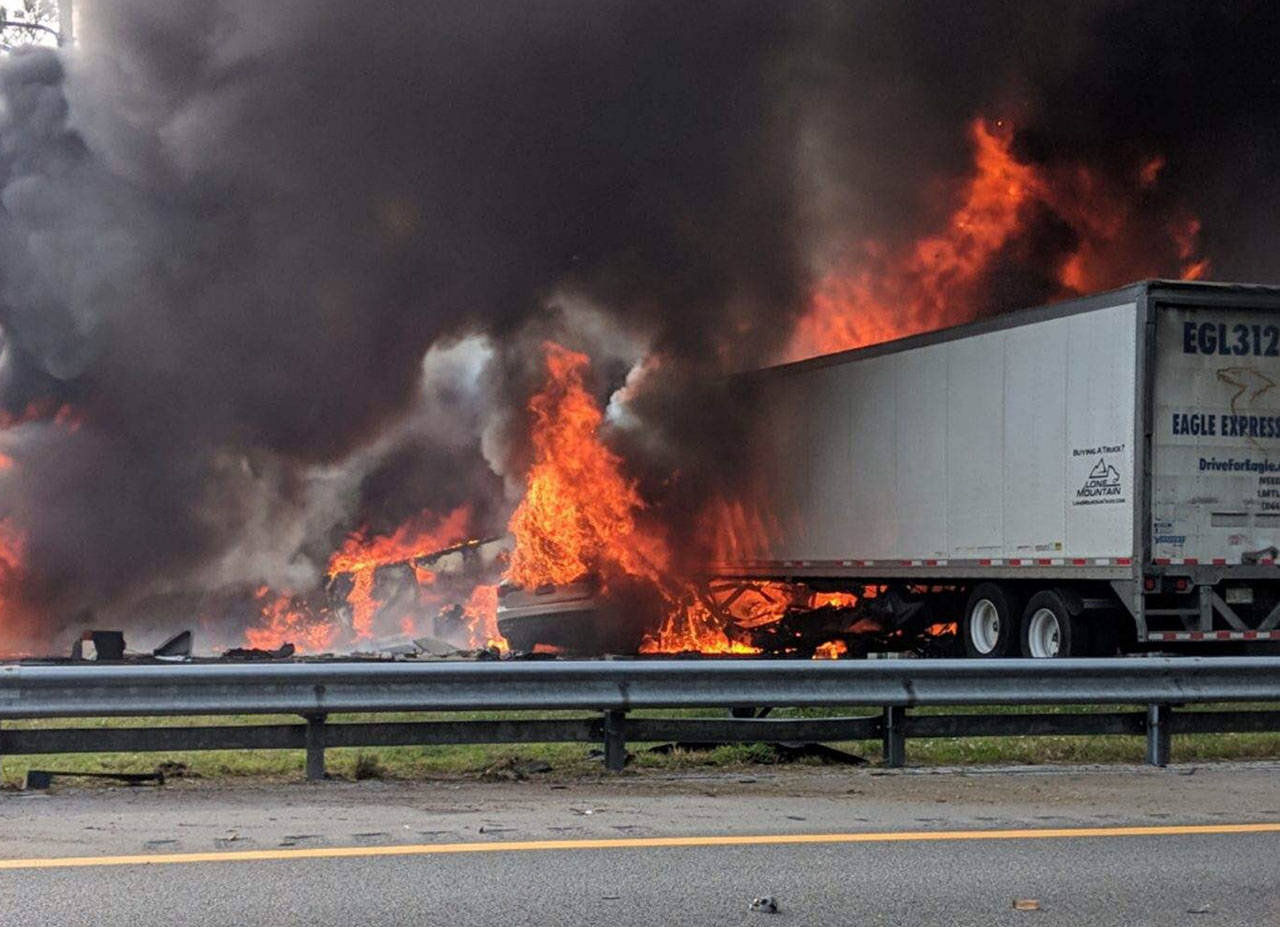By Ashley Halsey III / The Washington Post
Due to the federal government shutdown, 10 new crashes in which 22 people died have not been investigated by the National Transportation Safety Board.
The nation’s top transportation oversight investigative agency has been unable study the circumstances of seven plane crashes in which 13 people were killed, two fatal railroad crashes, a highway crash in which seven people died and an incident in which a school bus collided with a tractor-trailer, injuring 15.
The NTSB also was unable to gather enough information to determine whether to send investigators to three other crashes — two on roadways and one rail — that killed eight people.
“The National Transportation Safety Board’s mission to promote safety in transportation has come to almost a complete halt because of this absurd government shutdown,” said Rep. Peter DeFazio, D-Ore., the new chairman of the House transportation committee. “This means dozens of ongoing investigations are sitting idle, and that numerous accidents that have occurred since the shutdown are not getting investigated.
“When NTSB employees cannot determine what caused an accident, we can’t establish how to prevent similar accidents from happening,” DeFazio said. “For the safety of all those who travel within our country, we must reopen the government.”
Dolline Hatchett, acting director of the NTSB’s Office of Safety Recommendations and Communications, said the agency’s investigators had been furloughed and it was “Unable to launch to investigations into major accidents, as well as other accidents where specific risks to transportation safety exist.”
NTSB investigators routinely are sent when planes and trains are involved in fatal crashes, and they often are dispatched to look at vehicle crashes like the October limo crash in upstate New York that killed the driver, his 17 passengers — including four sisters and three of their husbands — plus two pedestrians.
Since they shutdown they have been unable to send teams to fatal small plane crashes in Georgia, Florida, South Dakota, Tennessee and California. Two fatal rail crashes in New York have not been scrutinized by the agency. Nor has a Jan. 3 highway collision involving two tractor-trailers in a crash with a 15-passenger van that resulted in 7 deaths.
The NTSB has had to prioritize its investigations, sending investigators to only the most serious among them. It honored a State Department request to look into the Dec. 24 crash of a helicopter in Mexico that killed a politically influential couple, a third person and two pilots. One NTSB investigator spent four days on the scene of the crash.
Another NTSB investigator was called back from furlough and spent three days looking into the Dec. 26 failure of a Pratt and Whitney engine on board a Korean Airlines Airbus 220, an aircraft also used by U.S. airlines.
The agency also has put one furloughed investigator to continue work on the Oct. 29 crash of a Lion Air jetliner in Indonesia that killed all 189 people on board. The plane was a nearly-new Boeing 737 Max. Boeing 737s have been a mainstay of aviation and have been flown by many U.S. airlines since their introduction in 1967.
But the NTSB has had to hit the pause button of dozens of other plane crashes, rail incidents, pipeline explosions, marine and car crashes.
Talk to us
> Give us your news tips.
> Send us a letter to the editor.
> More Herald contact information.

























